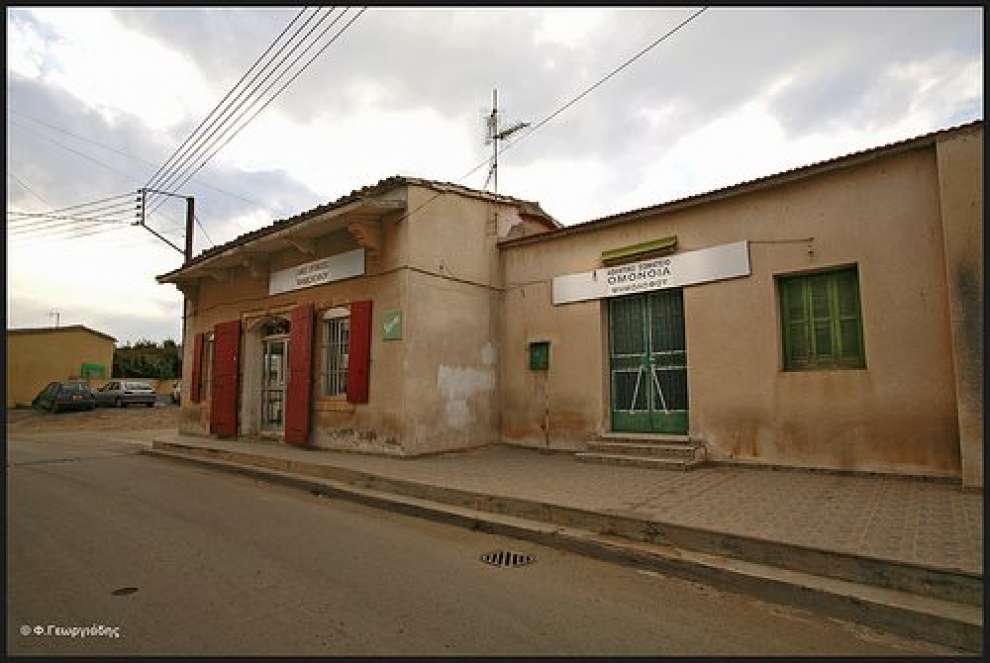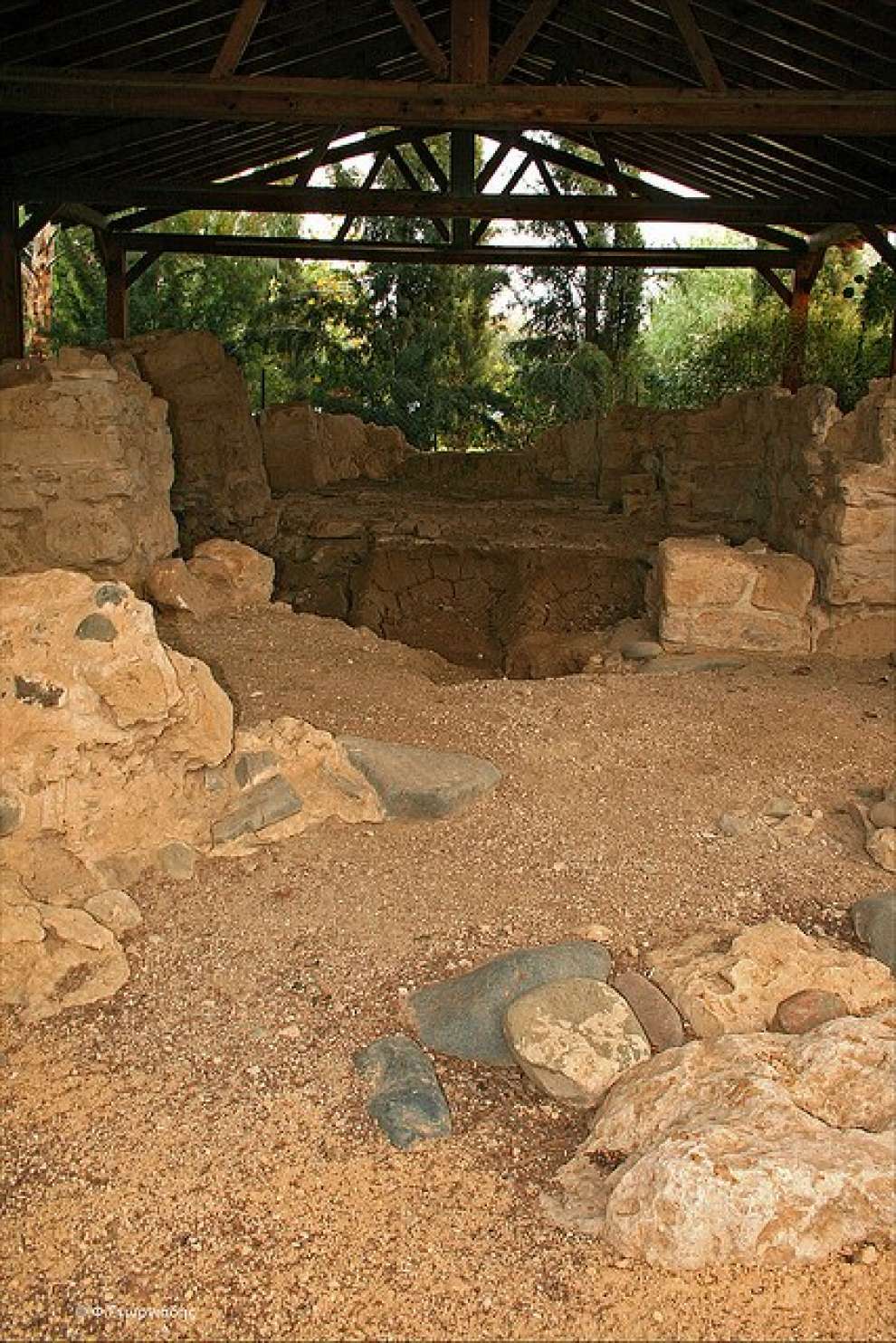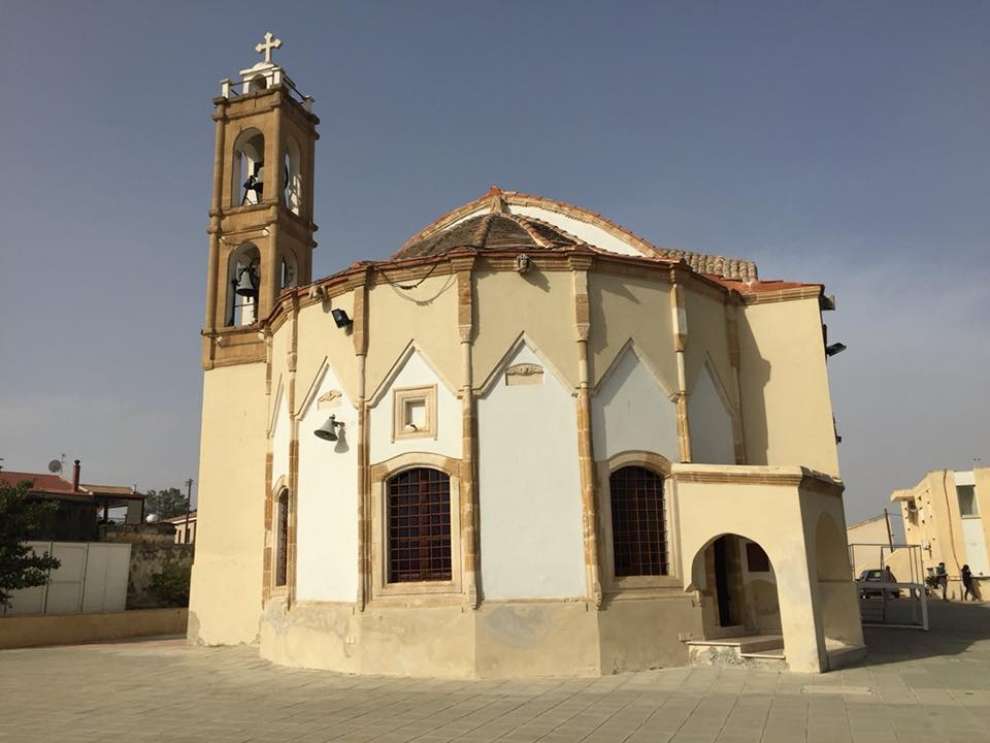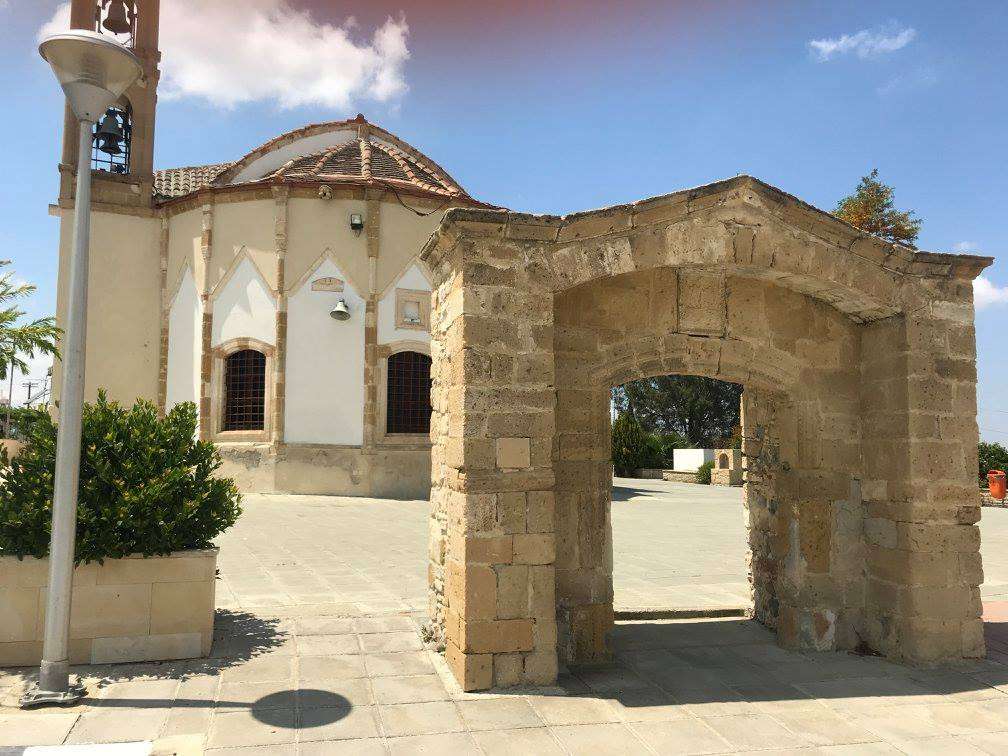Псимолофу
Всё что ни посадишь, прорастает...
Псимолофу [Psimolofou] – это населённый пункт в области Никосии, который относится к горному району и является частью комплекса Тамассос. Деревня Псимолофу расположена примерно в 16 километрах юго-восточнее Никосии, на правом берегу реки Педиэос [Рedieos river], на высоте 330 метров над уровнем моря.
 Фотo: Φ. Γεωργιάδης
Фотo: Φ. Γεωργιάδης
Возраст Псимолофу восходит к средневековым временам или даже ранее, так как в этом районе имеются руины нескольких более старых часовен.
Во время франкского правления Псимолофу находилась под властью тамплиеров, которые были францисканскими монахами.
По словам историка-писателя Джека С. Гудвина, Псимолофу была обязана платить налоги иерусалимскому Патриархату, который переехал на Кипр после падения в Иерусалиме христианской власти в 1291 году.
Во время венецианского правления деревня Псимолофу вместе с прилегающей деревней Дефтера [Deftera] была частью поместья лорда Петра Ласе, которое он завещал своему старшему сыну.
Во время османского владычества изрядная часть плодородной земли Псимолофу попала в руки турок, чьи потомки жили там до 1960 года, когда они покинули деревню из-за известных событий того времени (В 1960 Кипр получил независимость, и в ходе переговоров между Англией, Грецией и Турцией был разделён на две общины – турецкую и греческую, в результате чего произошло нарастание межобщинной напряжённости.- прим. переводчика).
 Фотo: Φ. Γεωργιάδης
Фотo: Φ. Γεωργιάδης
Название Псимолофу, согласно версии Джека С. Гудвина, произошло от холма в этом районе – Опсимо Лофо [греч.: Όψιμο Λόφο – поздний холм], что означает холм, пригодный для выращивания. Историк и преподаватель Неархос Клеридис разделяет эту точку зрения, но он утверждает, что название произошло от того, что зерновые культуры, выращиваемые в этой области, созревают позже, чем зерновые, выращенные в соседних областях. Поселок, который существовал в районе Опсимо Лофу на протяжении многих лет, получил название Псимолофу.
Согласно второй версии, деревня получила своё название от формы холма, упомянутого выше, который был похож на хлеб [греч.: ψωμί (псоми – хлеб) + λόφου (лофу – холм)]. Этот холм доминирует над областью, располагаясь на северо-западе деревни.
Современная церковь Псимолофу посвящена Панагии (Богородице) Каталики, здание 19-го века. Она была открыта в 1882 году архиепископом Софронием. Эта церковь была построена на месте старого небольшого храма, вероятно 15 - 16 века.
Ранее в деревне было ещё шесть других церквей, таких как церковь Св. Димитрия, церковь Епископа Тамасского, церковь Св. Георгия, Ставропетрас и другие.
 Фотo: Petros Solomou
Фотo: Petros Solomou
Во время освободительной борьбы 1955-1959 годов, восстания турок в 1963 году и вторжения турок в 1974 году несколько жителей общины внесли свой вклад в освободительную борьбу. В битве при Тилларии в 1964 году Григорис Николау Лувиас был убит, а со времени турецкого вторжения в 1974 году четыре жителя общины по-прежнему считаются пропавшими без вести.
В настоящее время (2018) в Псимолофу насчитывается около 1800 жителей, из которых примерно 28% являются беженцами с оккупированной части острова после турецкого вторжения в 1974 году.
Земля поселка очень плодородна, поэтому ранее большинство жителей занимались земледелием и животноводством. Кроме того, экономика деревни была основана на выделке кожи.
Немногие жители Псимолофу сегодня заняты в сельском хозяйстве, однако есть люди, которые занимаются ремеслами, столярным, сапожным делом, а также животноводством.
Чтобы посмотреть карту, нажмите ЗДЕСЬ

 Русский
Русский
 English
English Ελληνικά
Ελληνικά